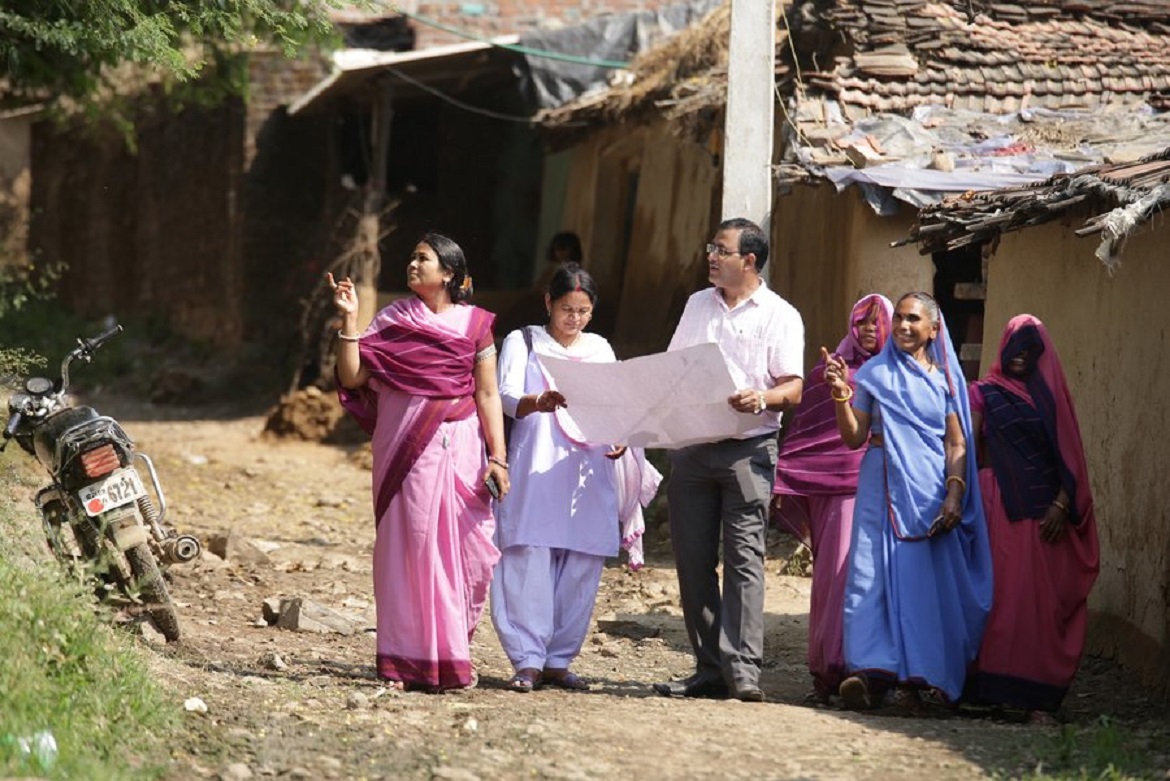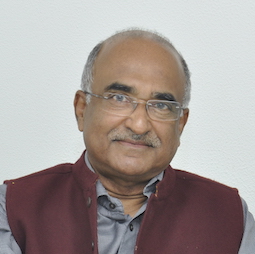Scale—sometimes it feels as though I’ve been hearing that word all my life. I’ve heard it used throughout the seventeen years I spent in the business world, working with McKinsey & Company. It’s been pervasive in the fifteen years I’ve spent since then, working in the social sector, at the frontlines of public health delivery—first in HIV/AIDS and now in maternal and child health. We hear the term all the time from almost everyone involved in social causes—“we plan to scale up (big time)”.
Business can provide many useful lessons for public health delivery at scale.
Businesses think about scaling up almost instinctively. The ones that succeed use some hard-nosed, dispassionate thinking about what scale is meaningful for them, and how they should go about achieving scale. In contrast, in the social sector, thinking about scale is often insufficient. Consequently, many outstanding programmes don’t expand as they should. My experience is that business can provide many useful lessons for public health delivery at scale. Indeed it can be its very foundation.
Scaling up experiences
In 2003, I left a long career with McKinsey and stepped into the world of public health, enticed by an offer from the Bill and Melinda Gates Foundation to lead the building of a programme that would stem the growth of HIV in India. India’s HIV epidemic was growing steadily, and the world was concerned, even as the Indian government was in blissful denial.
The biggest challenge was in finding the consumer. Only 5-8 percent of sex work in India is practiced in brothels*. Sex work in India is practiced mainly from the streets—the consumer is effectively invisible, she is moving around, she often has needs bigger than staying safe from HIV. An environment of stigma and denial made the task even more difficult.
Related article: Scaling—How to go from x to 10x
Avahan scaled to a point where it became the world’s largest privately sponsored HIV prevention programme.
Avahan succeeded in tackling this and rapidly scaled to a point where it had become the world’s largest ever privately sponsored HIV prevention programme in the world. We were working across six states, in more than six hundred towns in less than three years. Avahan was credited later by The Lancet with having averted more than 6,00,000 HIV infections. By 2016, India had among the lowest levels of adult HIV prevalence in the world.
After ten years with the Gates Foundation, I left to start my own nonprofit, the Antara Foundation, which works to transform performance in maternal and child health nutrition (MCHN) across the entire state of Rajasthan. The context is that close to a million children under five die every year in India, almost half of them in their first seven days. Thirty-five thousand women die in childbirth**. In our project, Akshada, we create innovations along the 1,000 days between conception to age two of the child.

Public health delivery at scale | Photo courtesy: The Antara Foundation
The core of the challenge in health delivery, is dealing with barriers of gender inequity, social norms, product access—ultimately sheer poverty. This is the same, whether it is HIV, MCHN, India’s celebrated polio programme, or even our small-pox programme, from as far back as the 1960s.
The key for us in Avahan was in doing something that business rarely has to do—letting the consumer lead. It is only when we asked sex workers—how do we do this—that scaling up happened.
Key considerations
I’ve been involved, though to a lesser extent, in polio and TB control, again great examples of scaling up, and have learnt some useful lessons from these experiences. There is a clear pattern: these programmes defined what they meant by scale precisely. Scaling up calls for a considered choice between coverage, speed and quality, and they made explicit choices at each stage of their programs.
Coverage is the number of consumers (for example sex workers, or pregnant and lactating mothers) to be reached in a determined geography. The question is of definition: a village can be the unit of scale, but so can a state. There is no value judgement here. Scale is a definition, it has nothing to do with size per se.
For a defined level of coverage, there are trade-offs that must be carefully considered between speed of delivery, and quality levels. In Avahan we made a decision that in the first year we would strive for rapid coverage at great speed, building quality levels only after that.
The second feature is that they were clear about how to achieve scale. In our experience it is the same set of considerations as in business—supply, demand, and advocacy, carefully integrated.
Supply primarily means that frontline workers who deliver health services are well-equipped. They must have adequate training, reliable facilities, but most importantly they must have access to micro-data.
Demand means that the consumer must be able to secure her rights to better health; awareness creation is only a small part of generating demand.
Nonprofits believe that if they create a good prototype, others will take it to scale—but that never works.
Advocacy entails dealing with barriers such as gender inequity, social norms, product access, bureaucracy, and more. Too much advocacy consists of exhortation, or dire warnings; the crux is the use of data, combined with creative methods. Avahan took off when we started working on violence, which came in the way of safe sex.
The ‘hope model’—where the nonprofit believes that if they create a good prototype, others will take that to scale—never works. Scaling up must be carefully orchestrated, with considerable savvy.
A marriage that must be arranged
We’ve been discussing public health delivery. But the same principles are relevant in almost any social sector, where delivery at scale is the key. It is as meaningful in areas as diverse as sanitation, open defecation, or secondary education.
Today there is a wave of CSR spending by businesses. Foundations and individual philanthropists are giving away vast sums of money to scale up innovative solutions to social sector problems.
Business leaders pay huge amounts for outside advice on aspects of their businesses. However, I have experienced, from those same people, a peculiar sensitivity and prickliness when it comes to taking inputs on their strategies for giving. It is baffling. The very same people who put so much thinking into their business strategies, are so often vague on basic questions about the what and how of scale.
Related article: Size shouldn’t matter
For these givers, delivery of solutions at scale in the social sector requires sharp and savvy business thinking. At the same time, businesses can learn a lot from health—for example how to really listen to consumers, strengthen sales forces, do effective advocacy. The challenge is in getting business people to contribute to the social sector; even more so in getting technical people in the social sector to embrace business thinking.
It is a union waiting to be arranged.
*Source: APAC-USAID and Avahan data
**Live births in 2017 – 27,271,667; Maternal mortality rate – 130 per 100,000 live births => Maternal deaths = (27,271,667*130/100,000)= 35,453





